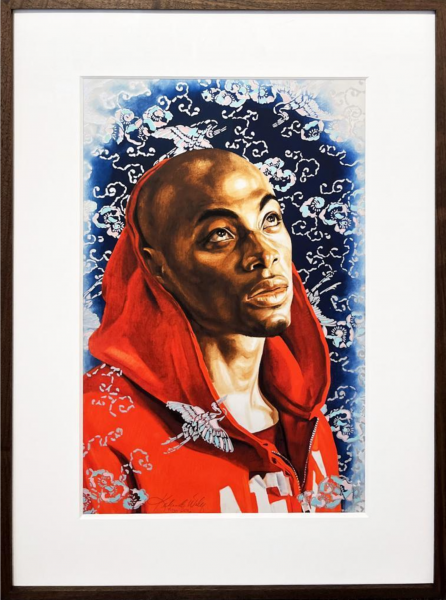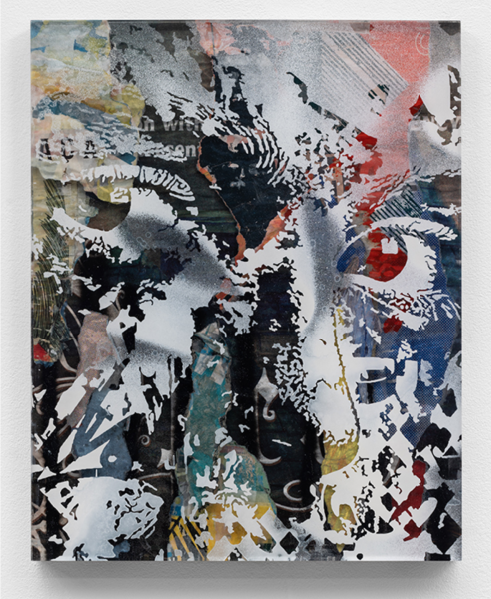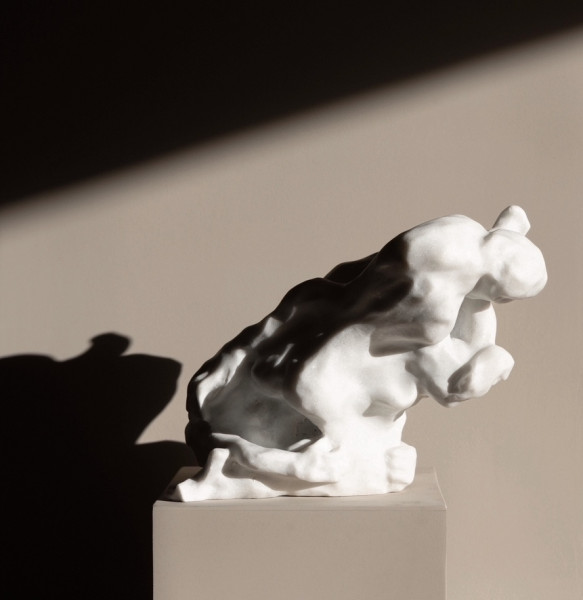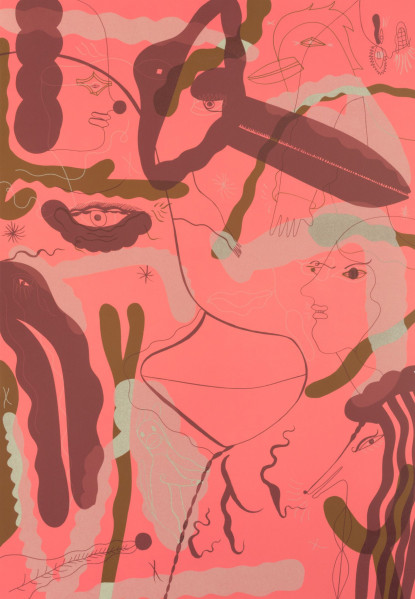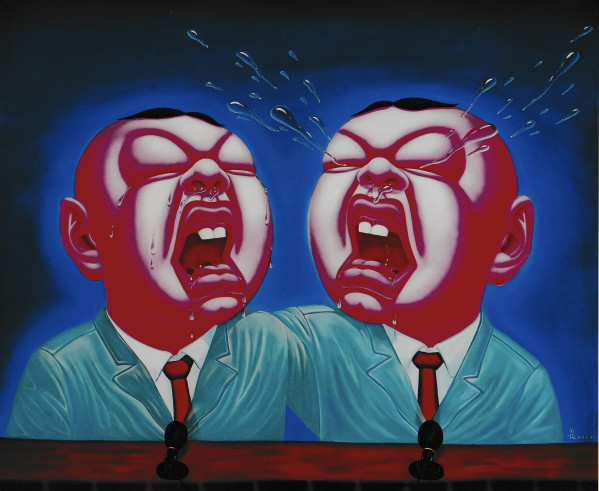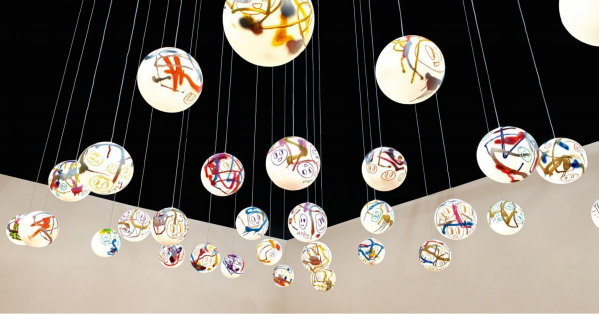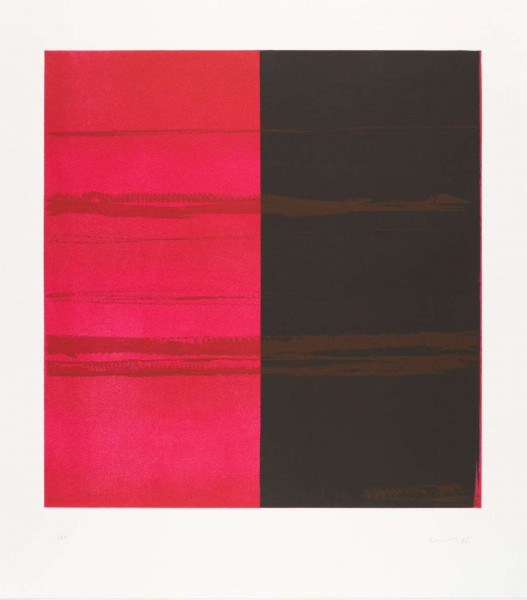Investing in Emerging Artists: A Guide for Collectors
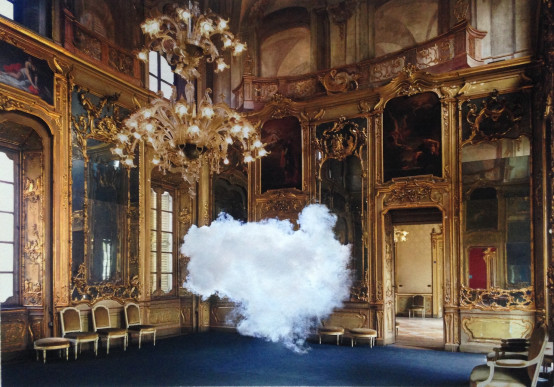
By Nana Japaridze
Investing in emerging artists is a mix of excitement, discovery, and risk. The appeal lies in spotting rising stars early—before their prices match their potential. For instance, Kehinde Wiley’s early portraits sold for modest sums; now, similar works command six figures. Julie Mehretu’s ascent has likewise rewarded early collectors. Yet these are the exceptions. Most emerging artists won’t reach blue-chip status. The art market is unpredictable, shaped by evolving tastes and external forces. Still, with smart strategy and genuine passion, collectors can support new talent while potentially securing long-term rewards.
Research and Discovery
Success starts with knowing where to look. MFA graduate shows and art school open studios offer a front-row seat to tomorrow’s talent. These venues not only showcase a wide range of work, but also offer a chance to meet artists early in their careers—sometimes before galleries take notice. Notable student awards or grants are good signs to watch for.
Local gallery strolls are equally valuable. Many young or experimental galleries focus on emerging talent. Artist-run spaces and open studio events give you direct access to creators and insight into their process. This intimacy often fosters a deeper appreciation of the work.
Online platforms play a vital role as well. Instagram has become a virtual studio visit. Collectors follow hashtags, art school accounts, or curators to spot fresh talent. Online galleries such as Saatchi Art, Artsy, or New Blood Art often curate “emerging artist” sections. Subscribing to newsletters or publications like Artforum, Artsy Editorial, or Hyperallergic can help track artists who are gaining early media attention—another sign of momentum.
Above all, immerse yourself in the art community. Talk to curators, ask for tips from gallerists, and attend group shows. The more you look, the more confident your eye will become at spotting originality and potential.
Evaluating Potential
Once you’ve found someone interesting, how do you assess their long-term promise?
Start with the work itself. Does it have a distinct visual identity or concept? Originality is a key indicator. Art that feels derivative of current trends is less promising than work that offers a unique point of view.
Next, check their CV. Have they received early recognition—such as awards, grants, or competitive residencies? A Rema Hort Mann Foundation Grant, for example, signals serious promise. Programs like the Skowhegan School of Painting & Sculpture or the Studio Museum in Harlem’s residency (which helped launch Wiley’s career) serve as endorsements by the art world.
Gallery representation, even from smaller or younger galleries, is another positive sign. Inclusion in curated group shows at respected spaces or institutions can also suggest curatorial interest.
Look at their broader output. Is their work consistent in quality and theme? Do they explore a concept deeply, or demonstrate growth in technique? A focused yet evolving portfolio reflects a mature artistic practice—important for longevity.
Finally, mentorships or attention from established artists or curators can boost a young artist’s career. Wiley’s early relationship with the Studio Museum was pivotal. When art-world insiders believe in someone, that often matters just as much as talent.
Budgeting and Diversification
When buying emerging art, treat it like building an investment portfolio. Don’t put your entire budget into one artist or one work. Spread your bets. If you have $10,000 to spend, consider buying five works at $2,000 each from different artists rather than a single expensive piece. This approach increases your odds of success while minimizing downside risk.
You can also “double down” by purchasing multiple works from a single artist over time if you strongly believe in their trajectory. Not only does this deepen your collection, but it may also yield greater returns if that artist gains recognition.
Keep your budget realistic. Emerging art is more accessible than blue-chip pieces, but prices can still add up. Use funds you can afford to leave untouched for years. It’s also wise to diversify across media—paintings, works on paper, small sculptures—and genres. Some collectors anchor their portfolios with a few works by more established artists, but that depends on your personal taste and strategy.
The key is to think long-term and enjoy the process. Even if one work doesn’t appreciate in value, you’ll have supported a young artist and built a collection that reflects your unique eye.
Building Relationships
One of the most rewarding aspects of collecting emerging art is forming relationships with the artists. Many early-career artists are accessible and appreciate collectors who engage with their work. Visiting a studio, attending a show, or chatting over coffee can enrich your understanding of the artist’s vision.
Seasoned collectors often cite these interactions as the most fulfilling part of the process. Knowing the story behind a piece or the thinking behind a technique adds depth to your connection with the work.
There are practical benefits too. Artists remember early supporters. You might get early access to new work or receive direct updates about upcoming projects. Some collectors form long-term friendships with the artists they collect, staying involved as their careers evolve.
This kind of engagement is also respected in the art world. Galleries prefer selling to collectors who demonstrate a sincere interest in the artist’s development. And for you, being part of an artist’s journey—from early experiments to mature success—is a unique privilege.
Long-Term Perspective
When you buy from an emerging artist, think in decades, not months. Market validation takes time, and most gains (if any) are long-term. The best mindset is to buy art you love—pieces you’re happy to live with, regardless of their resale value.
Art advisors often stress the importance of passion: “Buy what you love. The investment part may follow.” This ensures your collection is emotionally fulfilling even if it doesn’t yield financial returns.
Be aware that artist careers are rarely linear. Some may rise quickly, then plateau or pivot. Others might take years to gain recognition. Track their progress—follow exhibitions, press mentions, and stylistic development. Being an early collector can feel like being part of the team. When that artist eventually has a breakthrough, it’s deeply satisfying to know you played a part.
Managing Risk
As with any investment, caution matters. Don’t spend more than you can afford to lose. Focus on artworks that speak to you emotionally or intellectually. That way, if the financial return never comes, the personal value remains.
Diversification helps reduce risk. So does resisting the urge to “flip” artworks quickly for profit. While common in other markets, flipping is frowned upon in the art world. It can destabilize an artist’s market and damage their reputation. As advisor Lisa Schiff warns, early resales can hurt careers—and may also harm your own reputation with galleries.
In fact, some galleries blacklist flippers from future access. Instead, be a responsible collector. Hold the work. Support the artist. If their career grows, so too will your investment’s value—and you’ll retain a good standing in the art community.
If you’re intrigued by art investing but unsure about choosing individual artists, alternative models exist. Art investment funds or fractional ownership platforms allow you to hold a share of a larger portfolio. These usually focus on blue-chip artists rather than emerging talent, but they can offer financial exposure to the art market. Just be sure to read the fine print: fees and terms vary widely.
Still, for those drawn to emerging art, the real reward is being part of the creative ecosystem. Your support enables artists to keep making work. That, in itself, is a powerful return.
Final Word
Collecting emerging artists is an act of belief—equal parts instinct, research, and heart. It’s not just about betting on the next big name. It’s about nurturing talent, engaging deeply, and shaping a collection that reflects your vision. The market may or may not reward you—but the experience will.
By Nana Japaridze
Investing in emerging artists is a mix of excitement, discovery, and risk. The appeal lies in spotting rising stars early—before their prices match their potential. For instance, Kehinde Wiley’s early portraits sold for modest sums; now, similar works command six figures. Julie Mehretu’s ascent has likewise rewarded early collectors. Yet these are the exceptions. Most emerging artists won’t reach blue-chip status. The art market is unpredictable, shaped by evolving tastes and external forces. Still, with smart strategy and genuine passion, collectors can support new talent while potentially securing long-term rewards.
Research and Discovery
Success starts with knowing where to look. MFA graduate shows and art school open studios offer a front-row seat to tomorrow’s talent. These venues not only showcase a wide range of work, but also offer a chance to meet artists early in their careers—sometimes before galleries take notice. Notable student awards or grants are good signs to watch for.
Local gallery strolls are equally valuable. Many young or experimental galleries focus on emerging talent. Artist-run spaces and open studio events give you direct access to creators and insight into their process. This intimacy often fosters a deeper appreciation of the work.
Online platforms play a vital role as well. Instagram has become a virtual studio visit. Collectors follow hashtags, art school accounts, or curators to spot fresh talent. Online galleries such as Saatchi Art, Artsy, or New Blood Art often curate “emerging artist” sections. Subscribing to newsletters or publications like Artforum, Artsy Editorial, or Hyperallergic can help track artists who are gaining early media attention—another sign of momentum.
Above all, immerse yourself in the art community. Talk to curators, ask for tips from gallerists, and attend group shows. The more you look, the more confident your eye will become at spotting originality and potential.
Evaluating Potential
Once you’ve found someone interesting, how do you assess their long-term promise?
Start with the work itself. Does it have a distinct visual identity or concept? Originality is a key indicator. Art that feels derivative of current trends is less promising than work that offers a unique point of view.
Next, check their CV. Have they received early recognition—such as awards, grants, or competitive residencies? A Rema Hort Mann Foundation Grant, for example, signals serious promise. Programs like the Skowhegan School of Painting & Sculpture or the Studio Museum in Harlem’s residency (which helped launch Wiley’s career) serve as endorsements by the art world.
Gallery representation, even from smaller or younger galleries, is another positive sign. Inclusion in curated group shows at respected spaces or institutions can also suggest curatorial interest.
Look at their broader output. Is their work consistent in quality and theme? Do they explore a concept deeply, or demonstrate growth in technique? A focused yet evolving portfolio reflects a mature artistic practice—important for longevity.
Finally, mentorships or attention from established artists or curators can boost a young artist’s career. Wiley’s early relationship with the Studio Museum was pivotal. When art-world insiders believe in someone, that often matters just as much as talent.
Budgeting and Diversification
When buying emerging art, treat it like building an investment portfolio. Don’t put your entire budget into one artist or one work. Spread your bets. If you have $10,000 to spend, consider buying five works at $2,000 each from different artists rather than a single expensive piece. This approach increases your odds of success while minimizing downside risk.
You can also “double down” by purchasing multiple works from a single artist over time if you strongly believe in their trajectory. Not only does this deepen your collection, but it may also yield greater returns if that artist gains recognition.
Keep your budget realistic. Emerging art is more accessible than blue-chip pieces, but prices can still add up. Use funds you can afford to leave untouched for years. It’s also wise to diversify across media—paintings, works on paper, small sculptures—and genres. Some collectors anchor their portfolios with a few works by more established artists, but that depends on your personal taste and strategy.
The key is to think long-term and enjoy the process. Even if one work doesn’t appreciate in value, you’ll have supported a young artist and built a collection that reflects your unique eye.
Building Relationships
One of the most rewarding aspects of collecting emerging art is forming relationships with the artists. Many early-career artists are accessible and appreciate collectors who engage with their work. Visiting a studio, attending a show, or chatting over coffee can enrich your understanding of the artist’s vision.
Seasoned collectors often cite these interactions as the most fulfilling part of the process. Knowing the story behind a piece or the thinking behind a technique adds depth to your connection with the work.
There are practical benefits too. Artists remember early supporters. You might get early access to new work or receive direct updates about upcoming projects. Some collectors form long-term friendships with the artists they collect, staying involved as their careers evolve.
This kind of engagement is also respected in the art world. Galleries prefer selling to collectors who demonstrate a sincere interest in the artist’s development. And for you, being part of an artist’s journey—from early experiments to mature success—is a unique privilege.
Long-Term Perspective
When you buy from an emerging artist, think in decades, not months. Market validation takes time, and most gains (if any) are long-term. The best mindset is to buy art you love—pieces you’re happy to live with, regardless of their resale value.
Art advisors often stress the importance of passion: “Buy what you love. The investment part may follow.” This ensures your collection is emotionally fulfilling even if it doesn’t yield financial returns.
Be aware that artist careers are rarely linear. Some may rise quickly, then plateau or pivot. Others might take years to gain recognition. Track their progress—follow exhibitions, press mentions, and stylistic development. Being an early collector can feel like being part of the team. When that artist eventually has a breakthrough, it’s deeply satisfying to know you played a part.
As with any investment, caution matters. Don’t spend more than you can afford to lose. Focus on artworks that speak to you emotionally or intellectually. That way, if the financial return never comes, the personal value remains.
Diversification helps reduce risk. So does resisting the urge to “flip” artworks quickly for profit. While common in other markets, flipping is frowned upon in the art world. It can destabilize an artist’s market and damage their reputation. As advisor Lisa Schiff warns, early resales can hurt careers—and may also harm your own reputation with galleries.
In fact, some galleries blacklist flippers from future access. Instead, be a responsible collector. Hold the work. Support the artist. If their career grows, so too will your investment’s value—and you’ll retain a good standing in the art community.
Still, for those drawn to emerging art, the real reward is being part of the creative ecosystem. Your support enables artists to keep making work. That, in itself, is a powerful return.
Collecting emerging artists is an act of belief—equal parts instinct, research, and heart. It’s not just about betting on the next big name. It’s about nurturing talent, engaging deeply, and shaping a collection that reflects your vision. The market may or may not reward you—but the experience will.


